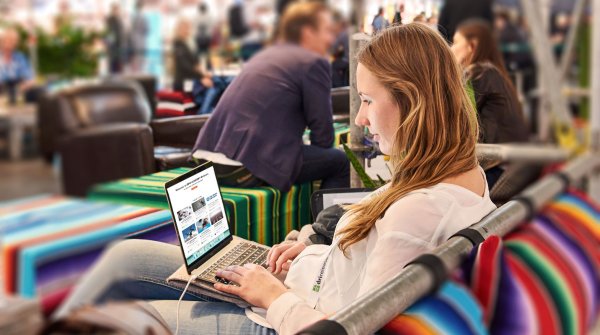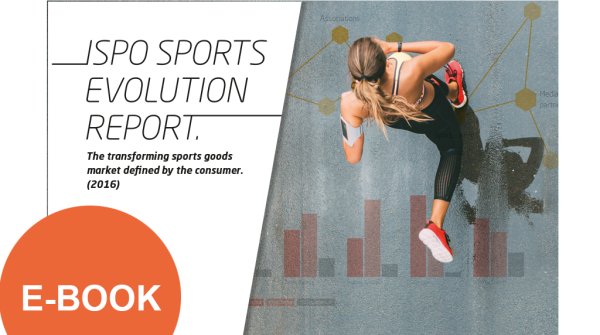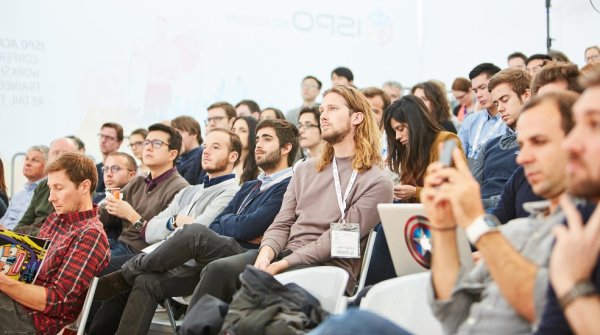“When a store is gathering data on its customers via video technology, it should communicate this openly – always!” says Germán León, CEO and founder of the Spanish company Gestoos. He’s specialized in precisely the kind of technologies that use video cameras and intelligent software to gather and analyze information on customers in stores. “Data and images also cannot be stored, and you have to handle them in an anonymized fashion, León explains further.
The first negative examples in Germany show why this is important. Just a few weeks ago, German supermarket chain Real caused a stir with the use of a facial recognition software in its markets. Customers’ eyes were tracked in front of advertising spaces in order to derive findings for certain products. The news garnered country-wide protest from privacy groups and concerned customers. Charges were even filed. The result: Real relented and announced the end of this measure. The mistake: The customers didn’t know they were being tracked.
German consumers are considered to be particularly skeptical when it comes to data collection. But that doesn’t mean that they reject it completely. Quite the opposite: Numerous studies show that the majority of consumers by all means support personalization of offers.
The only problem is that the creation of individual customer profiles is only possible with the gathering and analysis of customer data, and many consumers seem to still be unaware of this connection – especially in the stationary retail sector.
To date only online retail has been able to utilize the benefits of this customer knowledge; real life stores are a “black box” compared to the e-shop. This is why more and more stationary retailers are attempting to outfit their stores with analysis technology. This way, they’ve been able to determine for the first time which customers are coming into the stores, what they’re interested in and when, which paths they prefer in the store, and which products they respond to.
Only those who know their customers precisely can develop personalized offers and increase their own relevance for these customers.
Current studies show the contradictory attitude many consumers hold towards the topic of personalization and data collection. According to a survey by RichRelevance, a supplier for omnichannel personalization supporting customers like Breuninger, Blue Tomato, and FC Schalke, the greater majority (71 percent) of customers have fundamentally positive views of these kinds of technologies for personalizing the shopping experience.
In the younger target group of 25- to 34-year-olds, it’s even 82 percent that rate the use positively. However, only 30 percent agreed that retail could gather more personal information. Nearly 70 percent of the surveyed consumers primarily perceived facial recognition as uncanny.
Other forms of digital data collection are less problematic: In the aforementioned study, more than half of participants still saw no problem with paying via fingerprint. Custom discounts and product suggestions that can be displayed on smartphones regardless of location in the store were well-received by the majority.
Even cameras in changing booths, which can be used to help post pictures to social media or display product and combination suggests via screens, are considered interesting by half the surveyed consumers. So, as soon as a technology brings recognizable benefits, as soon as it’s judged to be practical and time-saving, the assessment becomes much less critical. Retail giants know this, like Amazon, which is now trying out a stationary store in the USA with “Amazon Go” using in-store technology and no registers.
Customers are identified using an app installed on their smartphones - and charged for their purchases directly through Amazon upon leaving the store. This is where the real-life and digital customer profiles begin to blend together, getting an entirely new kind of quality.
Cameras in the store entrance or business have actually long since become more than just an anti-theft measure, which many customers still believe. “The data collection process is the first step to setting up knowledge in the store,” says Germán León of Gestoos. This way, cameras can count people and, using special software, categorize them by gender, age, and clothing labels. From here, conclusions can be drawn regarding the preferences and purchasing power of individual people.
Cameras can also analyze paths in the store and register places where customers like to stand. This can help optimize the layout of the store. Cameras can even record eye movement and customers’ emotions. “Our software is based on artificial intelligence, and can currently access a library of more than 120 gestures and an endless number of behavior patters,” León continues.
This allows the camera to analyze its subject in a matter of seconds and - and this is crucial - generate matching offers in real time. Digital advertising messages in stores that, for example, run on screens or are sent to phones via push notifications can be adapted to customers in real time all the way up to personalized pricing. Ultimately, video technology is already primed to even identify people.
For example, they identify VIPs and criminals at airports. In a store, these kinds of cameras can identify people who are banned from the premises and initiate corresponding measures in real time.
Does the question remain of how retailers can successfully manage this balancing act between data collection and trustworthy use of said data? How do you best tell the customer that his behavior is being analyzed?
Germán León: “The best practice is to greet customers in stores with intelligent Wi-Fi and digital signage to make them aware of the use of data collection.”
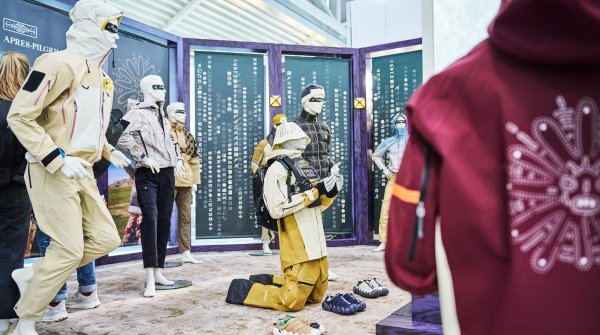 Sports BusinessSustainable ideas for store design
Sports BusinessSustainable ideas for store design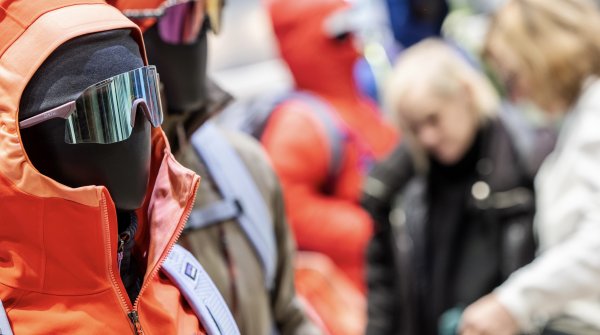 Sports BusinessSports retail in transition: the future playbook for 2025
Sports BusinessSports retail in transition: the future playbook for 2025
- ISPO awards
- Mountain sports
- Bike
- Design
- Retail
- Fitness
- Health
- ISPO Job Market
- ISPO Munich
- ISPO Shanghai
- Running
- Brands
- Sustainability
- Olympia
- OutDoor
- Promotion
- Sports Business
- ISPO Textrends
- Triathlon
- Water sports
- Winter sports
- eSports
- SportsTech
- OutDoor by ISPO
- Heroes
- Transformation
- Sport Fashion
- Urban Culture
- Challenges of a CEO
- Trade fairs
- Sports
- Find the Balance
- Product reviews
- Newsletter Exclusive Area
- Magazine

